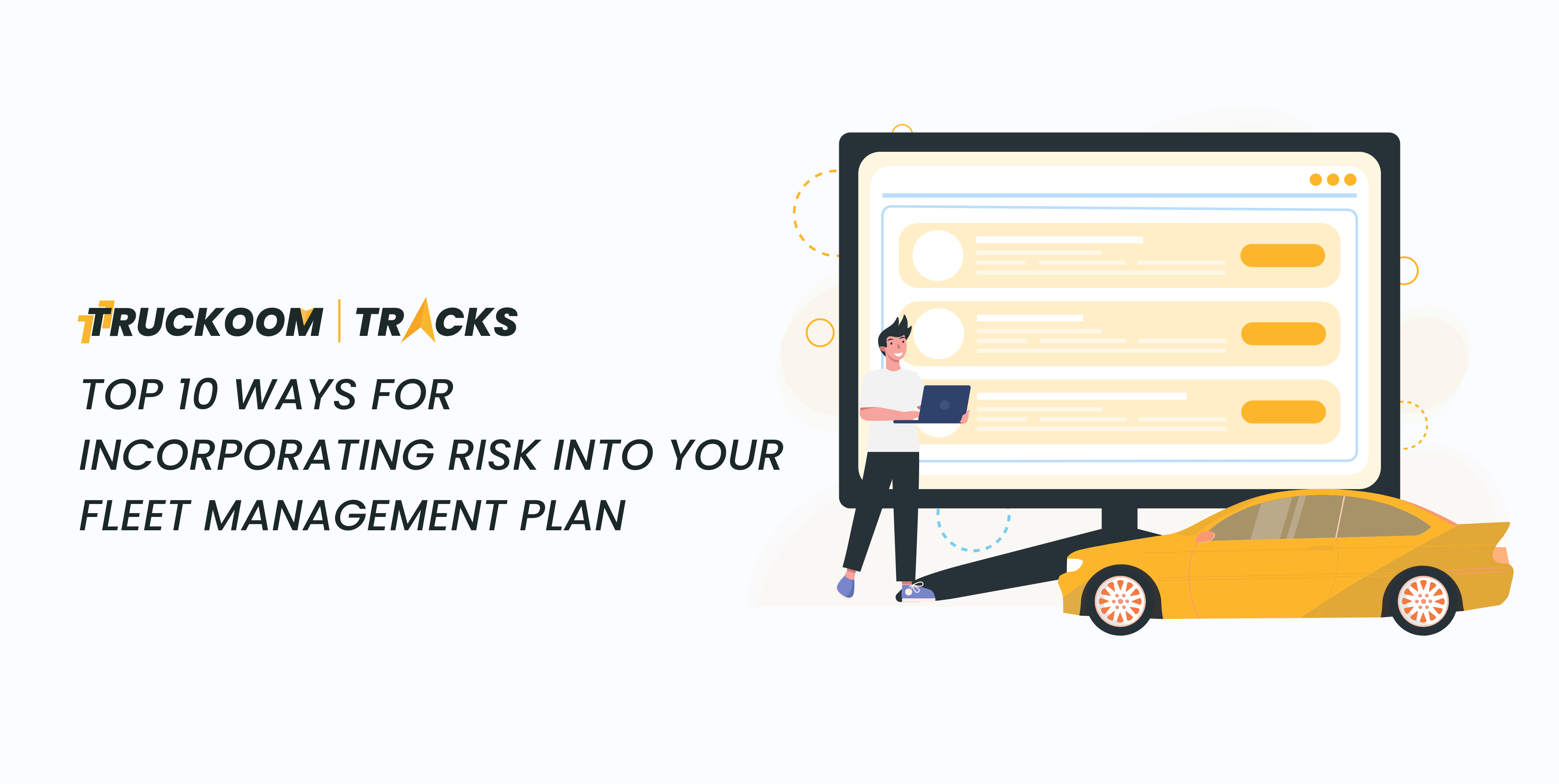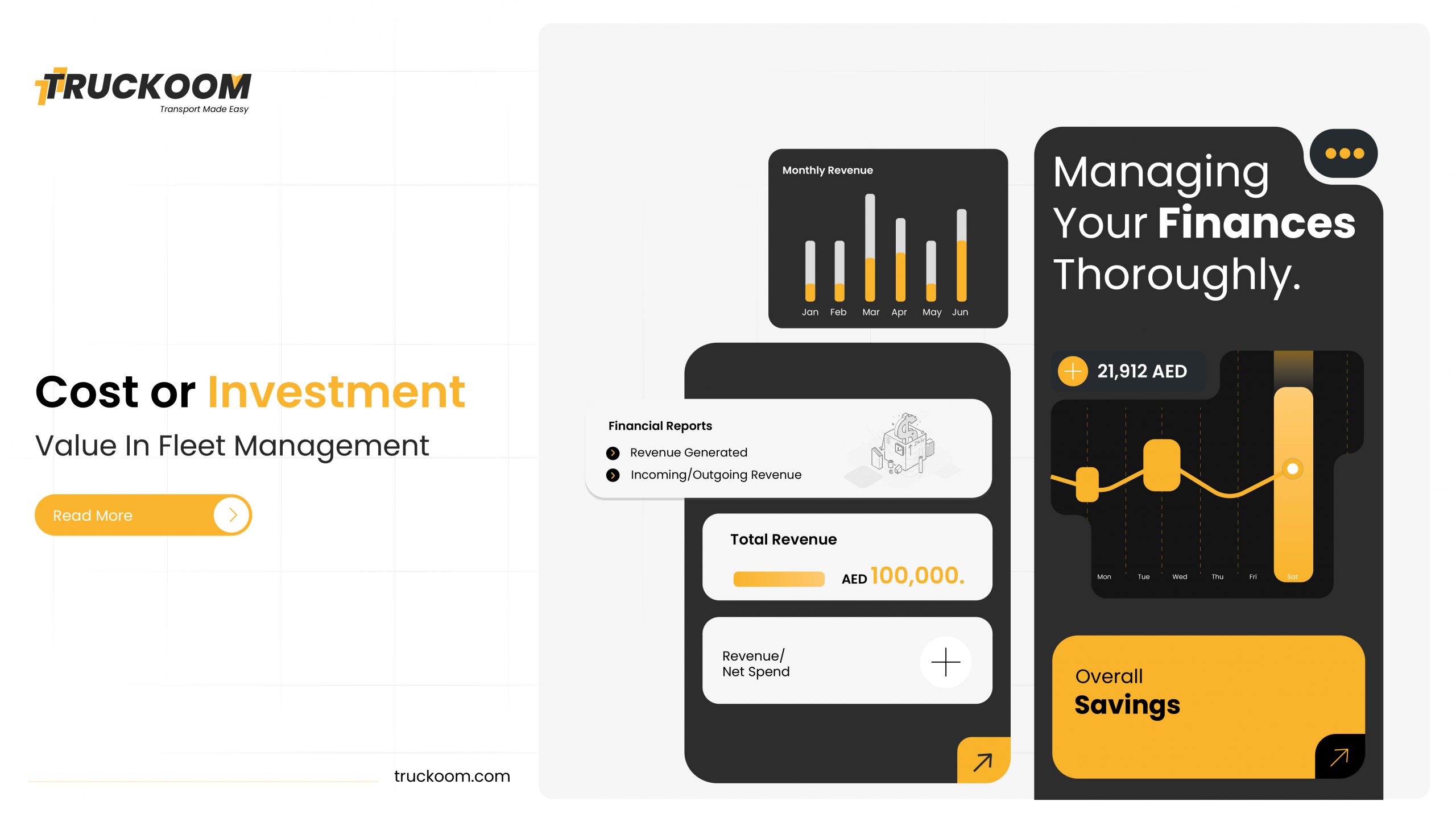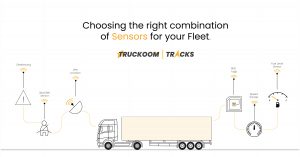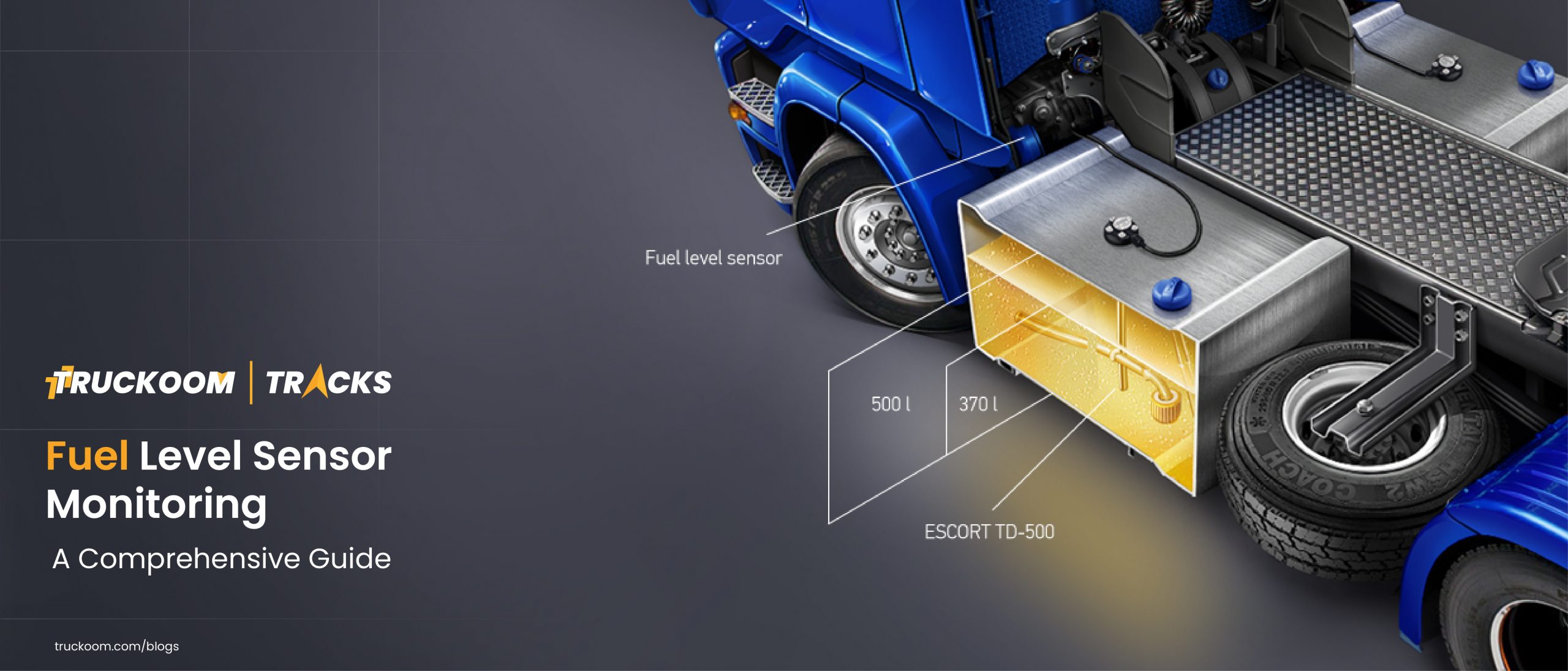Managing a fleet of vehicles brings numerous potential risks, from accidents and breakdowns to natural disasters. To ensure the safety of your drivers and your business, it’s essential to have a comprehensive risk management plan in place. This plan should include strategies for preventing, mitigating, and managing risks and plans for responding to emergencies.
In addition to having an effective plan, you can take several other steps to reduce risk when operating a fleet of vehicles. These include training employees on risk management procedures, implementing safety measures such as GPS tracking systems and telematics data collection tools, regularly inspecting vehicles, insuring your fleet against losses due to accidents or other unexpected events and monitoring performance data on an ongoing basis.
Identify and Assess Potential Risks:
Fleet operations are essential for running a business and keeping customers satisfied, so it’s crucial to consider potential risks when conducting fleet operations. Identifying and assessing these potential risks involve examining factors such as accidents, vehicle breakdowns, and natural disasters that can cause delays or even force an outbreak of cash flow problems. Knowing these risks ahead of time allows a business to prepare better and minimize its impact on operations. Addressing the potential risks associated with fleet operations is one of the most important steps any business can take in achieving success in this field.
Develop a Risk Management Plan:
A successful risk management plan requires a comprehensive approach that acknowledges the potential for worst-case scenarios and outlines strategies to minimize the threats. Creating a risk management plan starts with identifying potential risks, such as financial issues, changing regulations, personnel turnover or natural disasters, before assessing their likelihood and impact on assets, personnel and operations. Developing policies for reducing these risks is paramount. It should include preventative measures like ensuring clear communication channels between leadership and personnel, monitoring regulatory changes and keeping an eye on finance reports. Responses to emergencies can be planned by creating standard operating procedures which assign roles and responsibilities during emergency events. A risk management plan should ensure teams are aware of the process to follow in each case, as well as provide access to emergency services when needed. When implemented correctly, a risk management plan can make all the difference in managing risks facing businesses today – allowing them to stay resilient in uncertain times.
Regularly Review and Update Your Plan:
The risk management plan is one of the most important documents when running a business. It oversees all potential risks that may endanger the well-being or reputation of the company, making it imperative to review and update this plan regularly. The environment in which a business operates continues to evolve, so staying informed of the changes can help prevent losses further down the line. Spotting issues before they arise should be a top priority in any sound risk management strategy, as reacting to an incident can be more costly than taking preventative measures to avoid it in the first place. Taking updates seriously will benefit both the short and long-term health of your business which is why regularly reviewing and updating your plan is paramount in achieving a successful establishment.
Train Your Employees on Risk Management:
Truckoom knows that training staff in risk management is a necessary component for optimal fleet performance. With a complete understanding of potential risks and well-implemented preemptive steps, your team can be equipped to identify any anomalies and take the necessary measures to ensure safety. No component of fleet operations should be taken lightly, so Tracks by Truckoom strongly advocates investing time into educating personnel on risk management in order to mitigate avoidable losses. It is imperative to create a secure environment not only for drivers but all workers associated with Truckoom’s services – providing peace of mind while maximizing morale within the organization.
Implement Safety Measures:
Creating a safe working environment for employees should be paramount in any workplace. Implementing safety measures is crucial to ensure that employees are protected from any hazards at work. Those measures should introduce safety policies and procedures designed specifically for the organization. Regular training on the safety regulations should then be conducted with all staff appropriately trained on what needs to be done to adhere to such rules. Additionally, ensuring that all vehicles employees use are properly maintained is critical, as faulty or deteriorated vehicles can lead to severe dangers. Taking these steps will significantly reduce potential accidents, injuries and even deaths.
Insure Your Fleet:
Properly insuring your fleet can be a crucial part of any successful business. Having the right kind of coverage can help you keep your vehicles in good condition, ensure that anyone driving them is protected, and give your company the proper protection in case of an untoward event. Plus, with repairs and medical bills these days, accidents can cost far more than you’d think—having adequate insurance policies can help soften those unexpected blows and keep your bottom line healthy. Get your fleet insured today to ensure peace of mind for yourself and your employees.
Use GPS Tracking:
Whether you’re a business, non-profit organization, or individual with valuable assets on the move, GPS tracking can offer unparalleled advantages. By pinpointing the precise location of fleets and equipment in real-time, users can increase protection against theft and wrongful use, plan routes and stops more efficiently, reduce idle time and maximize employee productivity. Increased visibility between parties also provides greater assurances that privacy policies are being respected in the course of operations. Utilizing GPS tracking systems helps create an environment of trust between enterprise stakeholders while optimizing resources to improve cost savings.
Use Telematics:
Telematics systems are quickly becoming an essential tool for fleet operators, allowing them to monitor and manage their fleets more effectively. Not only can telematics provide a wealth of real-time data about vehicle performance and driver behavior, but this data can help identify areas of risk or non-compliance. By tracking data such as speed, idle time, routes taken and hours of service, drivers can be held responsible for their actions while on the road. Companies fielding fleet vehicles benefit from the ability to analyze meaningful data, which can help improve safety, reduce downtime, and save money in the long run. Telematics is a cost-effective solution that allows organizations to gain control over their operations and should be seriously considered when looking at ways to optimize business performance and efficiency.
Conduct Regular Vehicle Inspections:
Regular vehicle inspections are essential for fleet managers to be proactive about preventing accidents, repairs and breakdowns. By conducting regular inspections, it is possible to identify potential problems before significant damage has been done. These timely inspections could alert managers to performance issues, such as low fluid levels or worn brake pads, that can cause costly breakdowns or even accidents. With detailed inspection reports, it is also possible to keep track of the repair and maintenance history of each vehicle in your fleet. Regular inspections are vital to keeping vehicles running safely and ensuring the occupants’ safety on the road.
Monitor and Review Your Fleet Performance:
Regularly monitoring and assessing the performance of your fleet offers a wealth of insight that can help you proactively address any risk-related issues. By closely analyzing accident rates, fuel efficiency, and maintenance costs, you can improve your vehicles’ productivity and reliability while saving time and money. With this kind of consistent oversight, it’s easier to develop strategies that help you stay ahead of potential problems or identify opportunities to make operational changes so your organization can grow safely and sustainably.
Conclusion:
Ultimately, fleet operators need to take proactive steps to ensure the safety and efficiency of their vehicles. From insurance policies and GPS tracking systems to telematics solutions and regular vehicle inspections, various measures can be taken to improve performance while reducing risk. By monitoring your fleets’ performance over time with comprehensive reviews, you can identify areas where cost savings or improvements can be made to optimize business operations. With these strategies in place, organizations will have more control over their fleets and peace of mind knowing they are doing everything possible to protect employees on the road.




